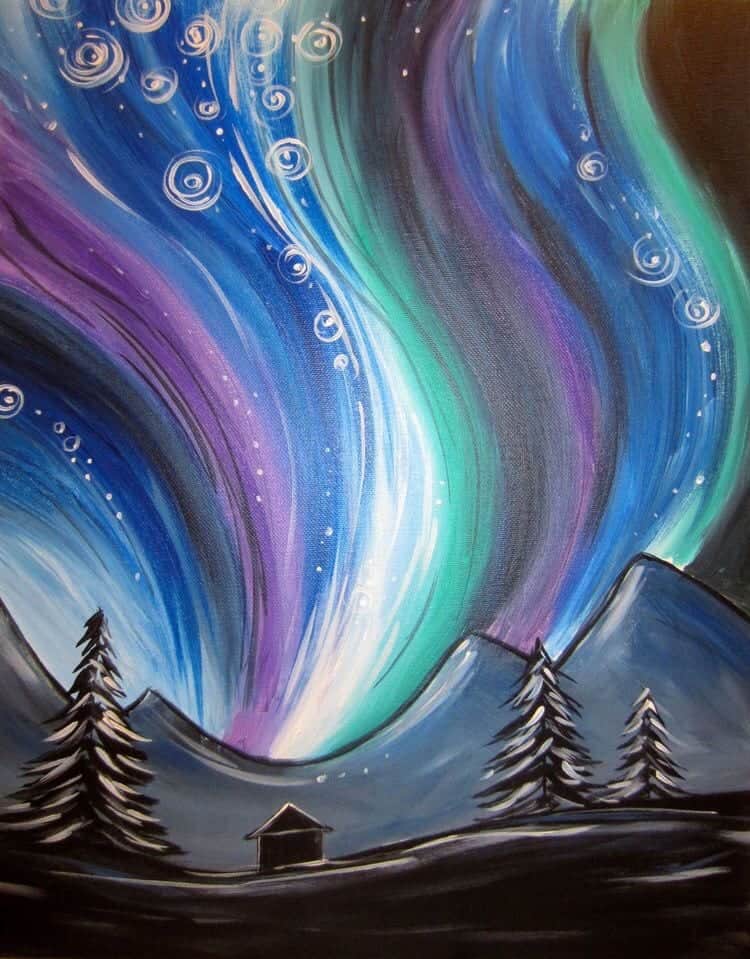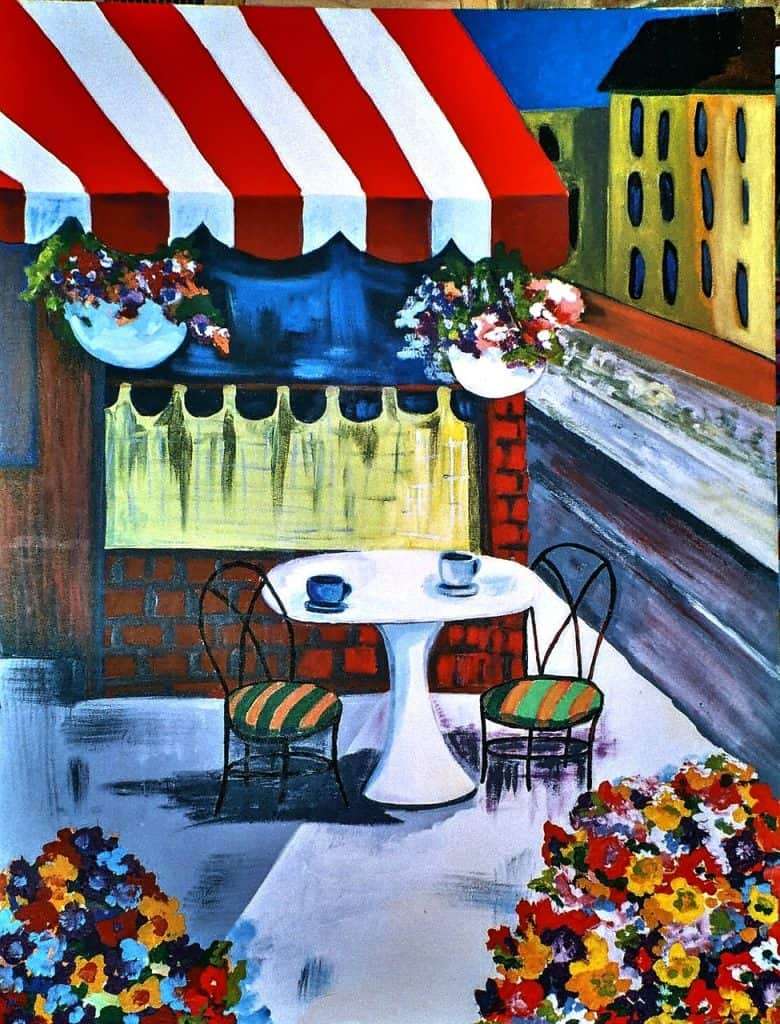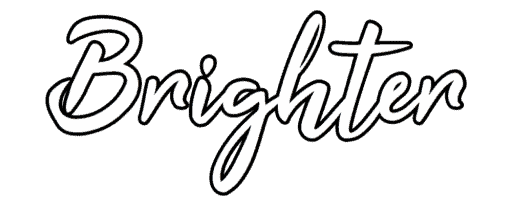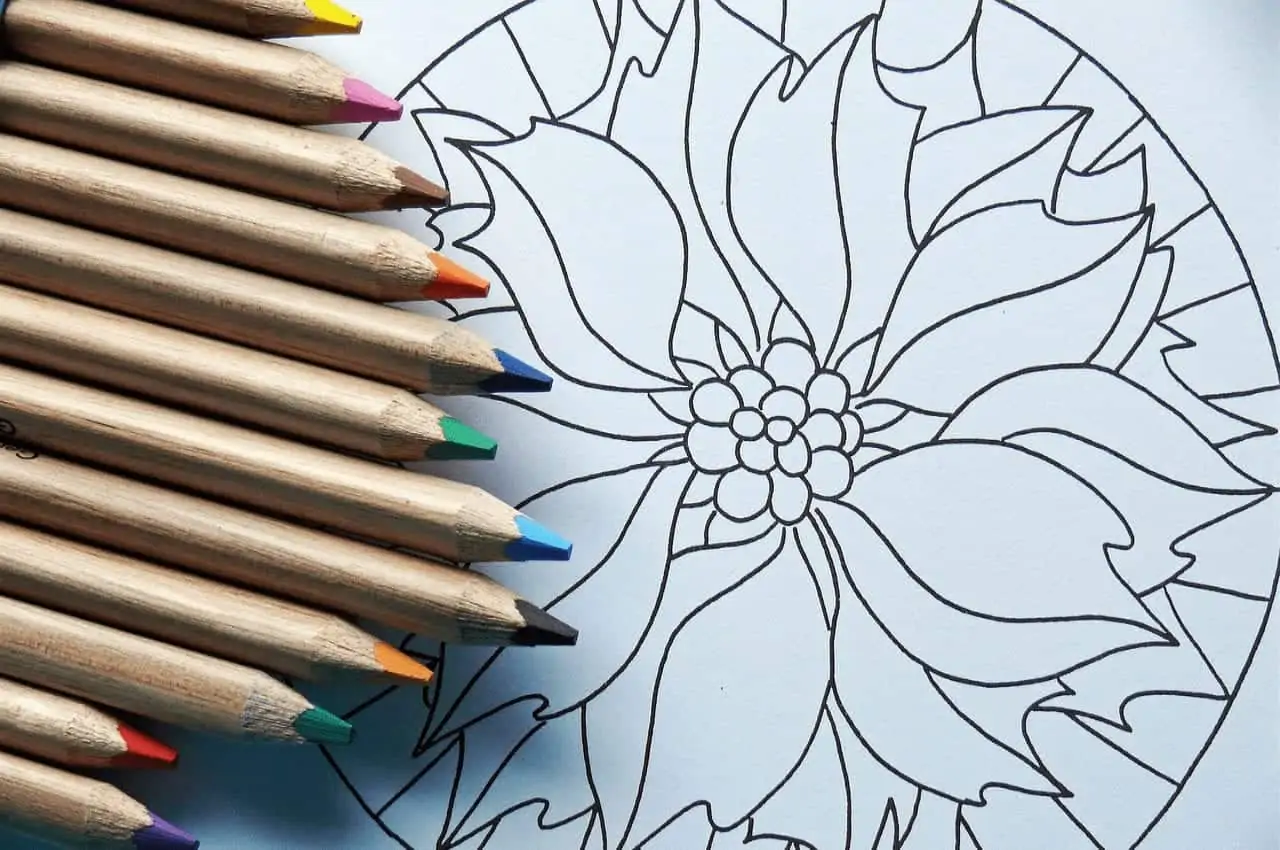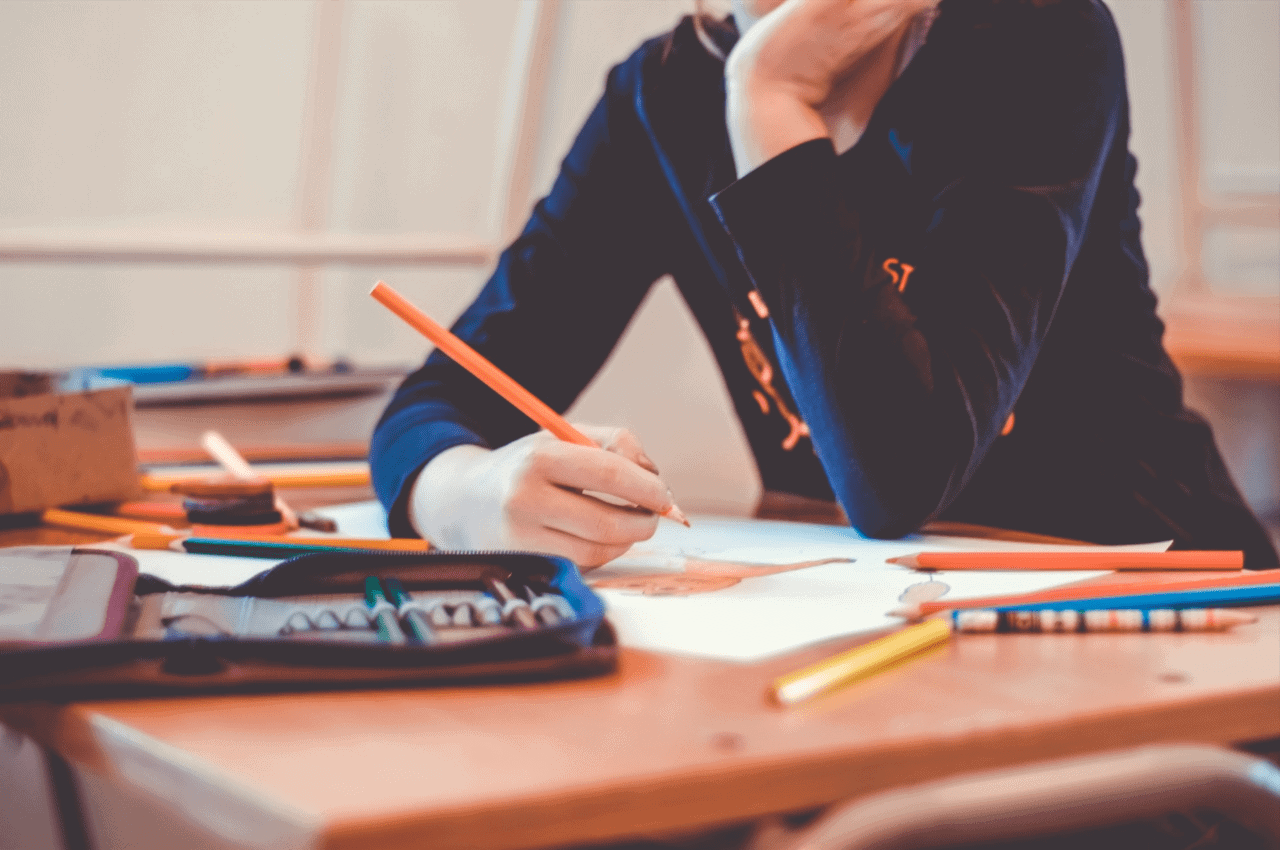Yes, Anyone can paint, even if they aren’t good at drawing. This is a subject close to my heart. I studied technical drawing and have certain mathematical skills that have helped me, but I was never the best at drawing.
Even now I use various tricks and what some may call “Cheats” to help my drawing and painting. What I have learnt is that I can paint much better than I can draw. The same may apply to you. Until you try you will never know.
Table of Contents
Do You Have To Draw To Be A Painter?
No, you don’t have to draw to be a painter. Some paintings are just easier to do without drawing and some people just find painting easier. Using Acrylic paints it is easy to paint over any mistakes because the paint itself is opaque, This means they are great to start with.
With oil paints you can move and manipulate the shape and colour in a picture for longer as the paint takes much longer to dry. This can make changing colors shapes and tones much easier when you get the hang of it.
Watercolour painting can rely more on drawing skills but these can be learnt. Plenty of people use watercolours who have little technical ability when it comes to drawing.
Creating shapes and patterns within a painting can be great fun and really easy. Why not look at some of our painting tutorials or some of the fantastic pictures in our articles about learning to paint.
I would suggest that painting with acrylic paints is the best place to start as they are really easy to use and fast drying. If it all goes wrong you can simply paint over everything and start again.
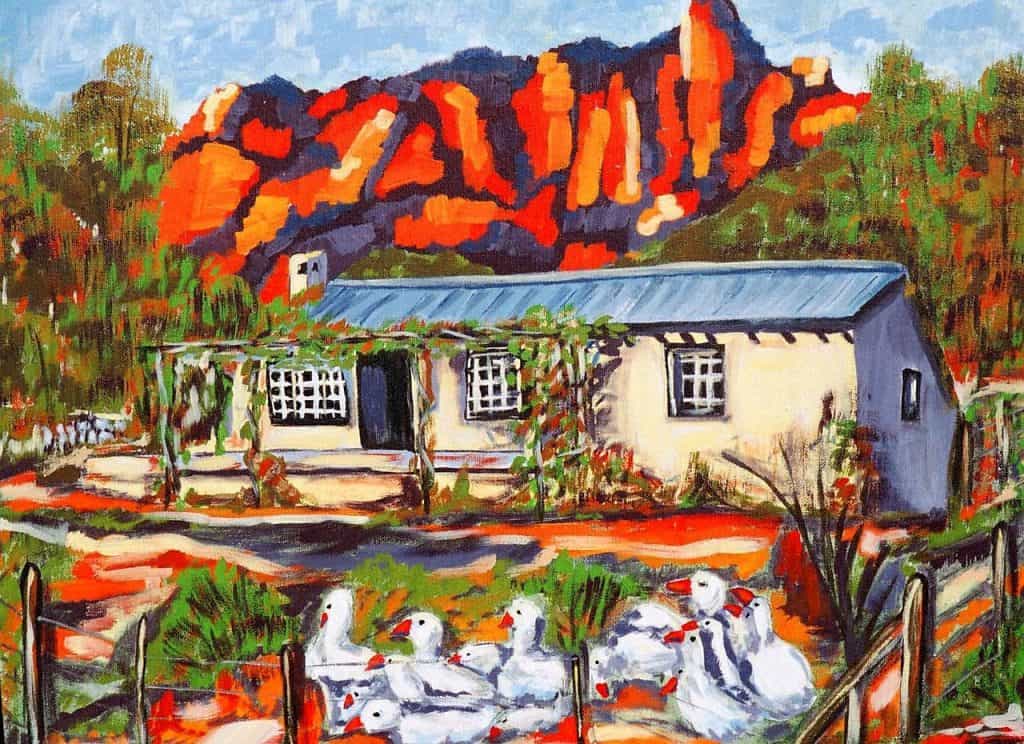
Is Painting Harder Than Drawing?
No, painting is not harder than drawing. Some people will find painting easier, others will find drawing easier. The skills needed are different and some people simply find one easier than the other.
I personally find painting much easier than drawing, but that is maybe in part because that is where my passion lies.
I still don’t consider myself the greatest at drawing, but I have learnt to use the skills I have to draw and paint much better than I ever thought possible.
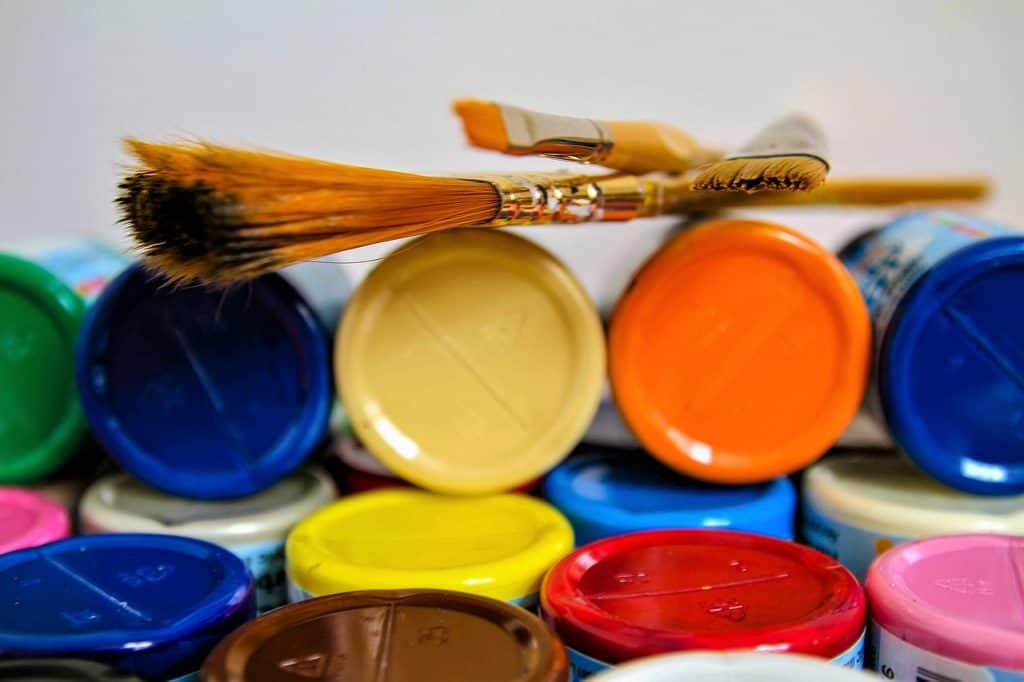
Choose What Is Best For You
Choose the one that makes it easiest for you to learn. For some that will be painting, for others it will be drawing. However you learn, with practice you can improve your skills and you will work out what is easiest for you.
One thing I found really useful, that helped me understand how to use paint, was to paint abstract paintings. You can do this without any drawing at all and it will teach you how to use and get the best from the paint you decide to use.
With acrylic paints you can learn to use washes and start to understand how different colours affect the colours around them. You will also learn how important the effect of bold brush strokes can be. Eventually you may like to try painting with pallet knives and you can do this with acrylic paints as well as oils.
Using oil paints can seem a little more intimidating, but it isn’t really. Once you learn how the paint mixes on the canvas you can use the slow drying time to help you.
You can achieve really gradual shading much easier and because many of the colours are translucent you can change the underlying colours by introducing thin washes or small amounts of another colour to affect the other colours in a very dramatic way.
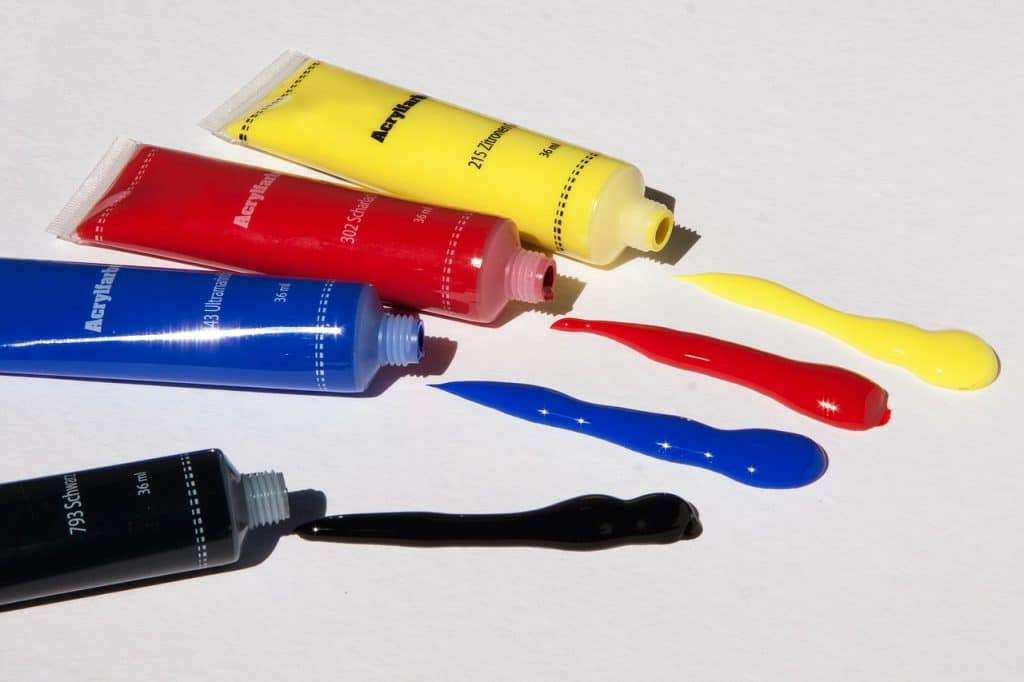
Should I Learn To Draw Before Learning To Paint?
You can learn to draw before trying to learn how to paint, but it isn’t necessary. Why not try both and see which suits you better. As you progress you may choose to explore drawing more, but it may be that painting without any real drawing first suits your style.
Some people like to get a drawing right then paint over it. Other people use very little drawing before starting to paint. You can use a basic sketch on the canvas or paper to give yourself a starting point. Few painters work from detailed drawings first.
Final Thoughts
Remember, whether you are painting or drawing, focussed practice is what will improve your skills and ability most. For every hour you spend practicing you will see your techniques improve.
To understand colour in painting, one of the things I did was to draw a grid on a large sheet of primed paper and mark each colour you have along the top and side.
Use a clean brush to put a blob of the colour marked on each side in the boxes below it and across from it. Repeat this process for each colour you have marked so that each square of the grid has 2 different colours of paint in it.
Mix the 2 blobs of paint together in each grid space making sure that you clean the brush thoroughly each time. What you will notice is that some colours that may look similar have a very different effect on the same colour.
This can be because one simply has more pigment in or is more translucent, but some I have never understood why they create such different effects.
Even if you don’t understand why, understanding the effect a colour will have on another colour will help you mix the colours you really want in any painting.
